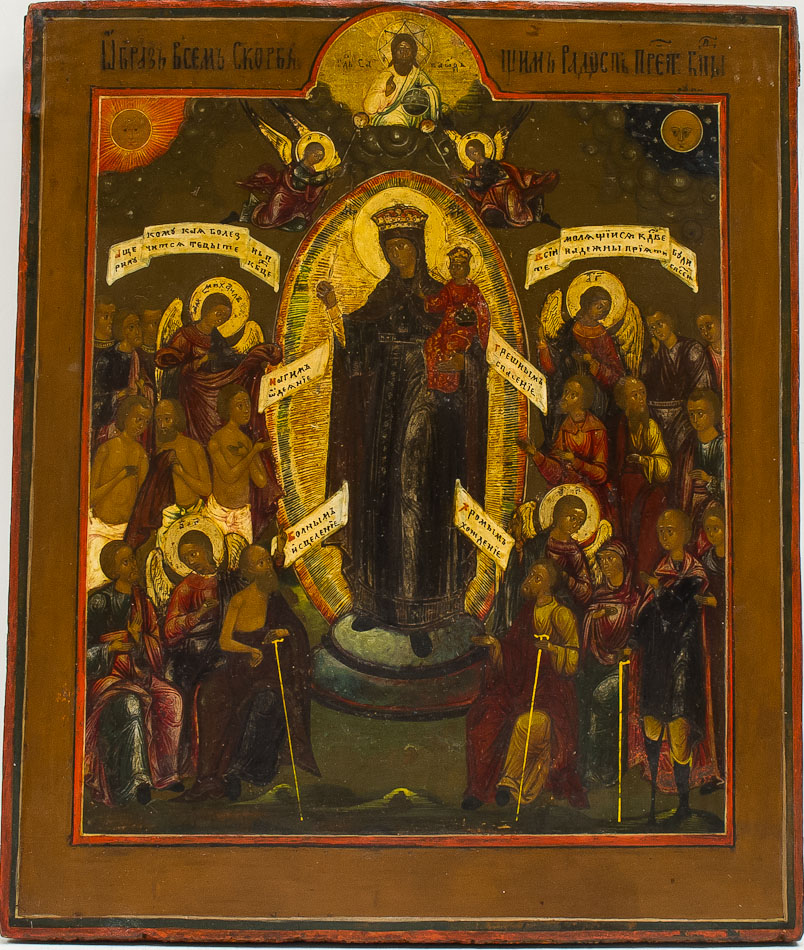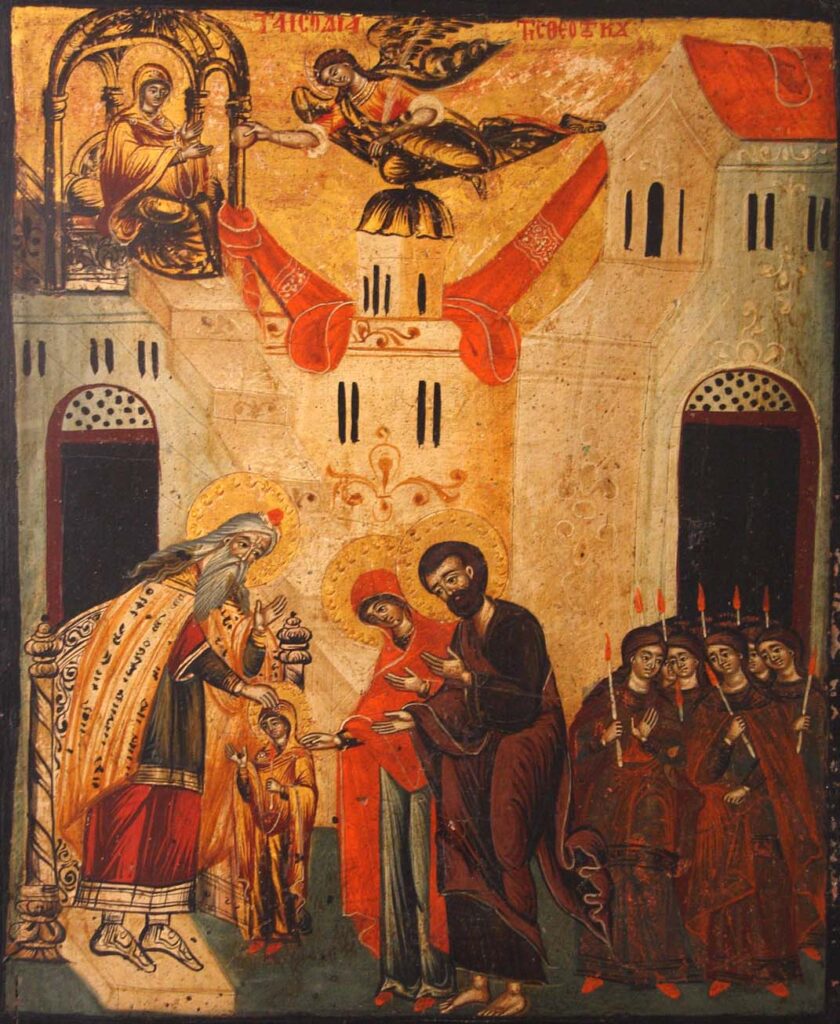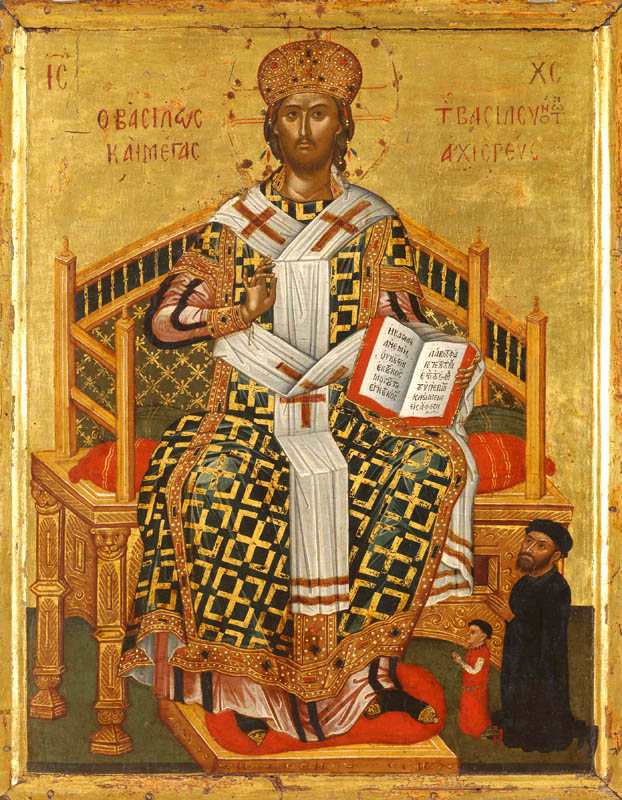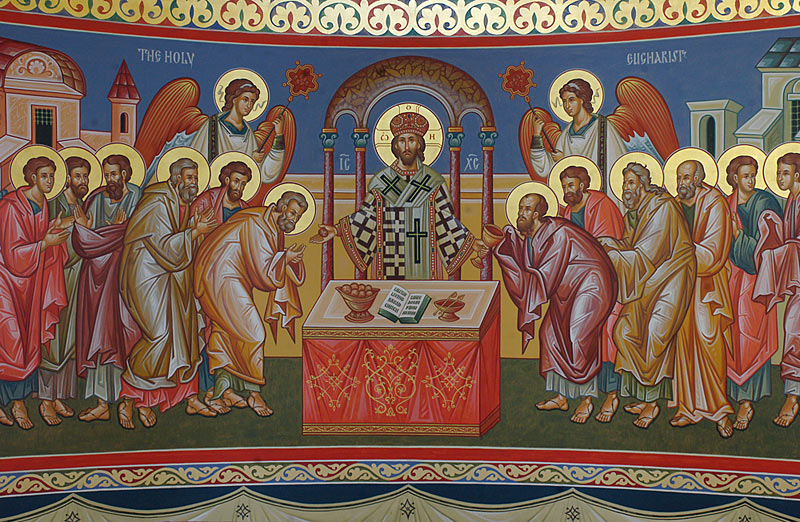
“You have stolen my heart, my sister, my bride.” (Song of Songs 4:9)
“I think that the expression, You have stolen my heart, means the same as You have given us life or You have put heart in us. For the sake of clarity … I will call on the divine Apostle for an explanation of these mysteries. For he tells us, in writing to the Ephesians, about the great economy of salvation through the epiphany of God in the flesh, that the Church–the bride of Christ–reveals the manifold wonders and wisdom of God to the race of angels as well as to the human race…. If the Church is Christ’s body and he is the head of the Church, then it is his face we see on her. Perhaps this is what the friends of the Bridegroom saw when they were given heart: in her they see clearly what is otherwise invisible…. So the friends of the Bridegroom see the Sun of Justice by looking upon the face of the Church as though it were a pure mirror. Thus, the Bridegroom can be seen by his reflection.” (St. Gregory of Nyssa, On the Song of Songs)
Christ, the image (lit. icon) of the invisible God is seen in both his Body–the Church–and in his most holy mother. He continues to act in this world through both his mother–who gave him flesh–and his body, the community sustained by his Body and Blood.
It is too easy to forget that everything human about Christ comes from his mother Mary. His flesh is her flesh, his blood is her blood, his DNA is her DNA. When we see her, we see her Son; when we see him, we see his mother. And when we see him, we see the whole Christ–that includes his body throughout time and space. Wherever Christ is, there his whole body is. When we encounter him–whether in personal prayer at home or in liturgical prayer at church–we encounter ALL of him.
And when we encounter all of him, our hearts are stolen.



